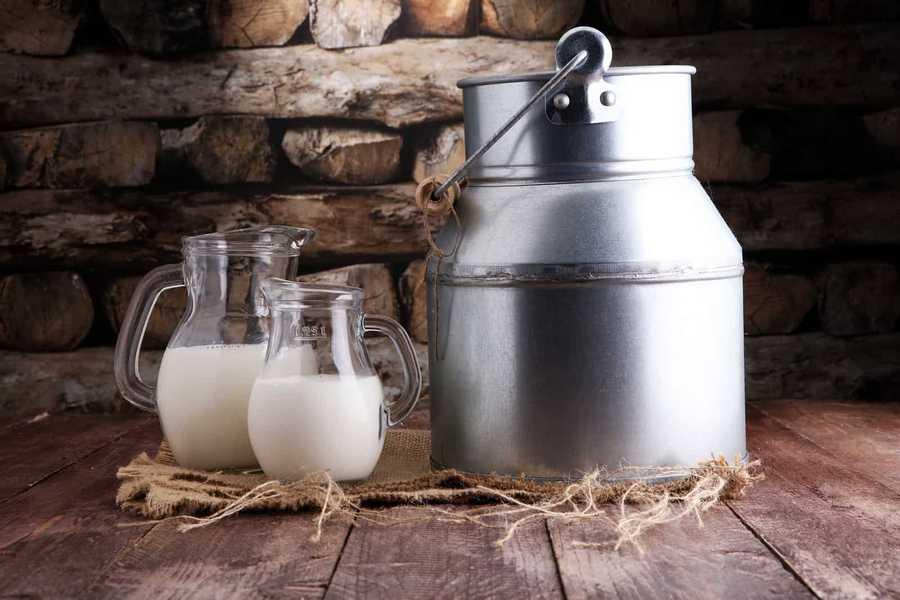Explore the World's Best Ideas
Join today and uncover 100+ curated journeys from 50+ topics. Unlock access to our mobile app with extensive features.
Pasteurization
- It is the process of applying low heat to kill pathogens and extend shelf life of food and beverage products.
- The process does not eliminate bacterial spores, so it doesn't truly sterilizes products.
- Pasteurization earlier use was to improve the flavor or food and beverages but not it's primarily for food safety.
- It greatly reduces risk of food poisoning.
22
120 reads
The Process of Pasteurization
- The process is dependent on the nature of the product and whether it is packaged or not.
- Liquids and products packaged in plastic and metal containers can be pasteurized either through steam or hot water.
- Packaged food in glass containers can be pasteurized too by using hot water with the consideration of the glass's breaking point.
- The temperature and duration of the process of pasteurization are delicately controlled.
20
82 reads
The Discovery of Pasteurization
- In 1864, Louis Pasteur developed the technique to heat wine before aging it to kill microbes and reduce its acidity. Hence, the name pasteurization.
- However, the process itself has been around way before Louis Pasteur. It was popularly used in China to preserve wine in 1117AD.
- The main reason why it is named in his honor is due to his research that pointed towards microorganisms as the culprit for spoilage and disease that led to the Germ Theory of Disease.
23
64 reads
What Pasteurization Does to Food
- As it reduces the risk of food poisoning and extends shelf life, it, however, affects the texture, flavor, and nutritional value of certain food;
- It affects several vitamins such as vitamin A concentration increases, while the concentration of vitamin B2 decreases;
- It may cause softening of tissues on vegetables, nutrient changes - some increasing and some diminishing;
- It loses some aroma compounds for fruit juices and reduces vitamin C and carotene.
23
67 reads
Pasteurizing Milk
Milk offers a place where numerous pathogens grow and increase in numbers, including those that may cause tuberculosis, scarlet fever, E. coli, and more.
Before pasteurization, raw milk has been many milk-related diseases and deaths; only after the pasteurization process was introduced, milk-related diseases dropped drastically.
22
73 reads
Recent Advances of Pasteurization
It now is able to disinfect food and inactivate soilage enzymes without significantly diminishing nutrient levels, this includes both thermal and non-thermal processes.
21
88 reads
IDEAS CURATED BY
A good night sleep and a helathy morning routine is what I work on constantly.
Katherine L.'s ideas are part of this journey:
Learn more about health with this collection
How to listen to your body's hunger and fullness cues
How to develop a positive relationship with food
How to trust yourself around food
Related collections
Similar ideas
4 ideas
9 ideas
Does Honey Go Bad?
eatingwell.com
Read & Learn
20x Faster
without
deepstash
with
deepstash
with
deepstash
Personalized microlearning
—
100+ Learning Journeys
—
Access to 200,000+ ideas
—
Access to the mobile app
—
Unlimited idea saving
—
—
Unlimited history
—
—
Unlimited listening to ideas
—
—
Downloading & offline access
—
—
Supercharge your mind with one idea per day
Enter your email and spend 1 minute every day to learn something new.
I agree to receive email updates

